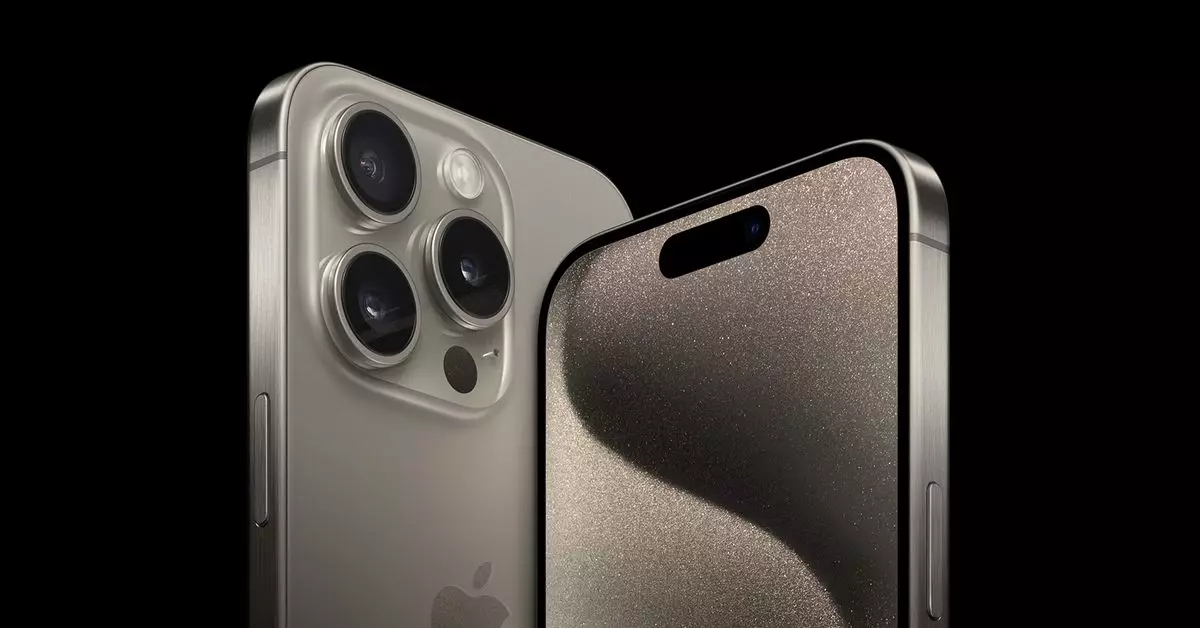Many of us have experienced the panic of getting water on our phones, and the immediate response has often been to submerge the device in uncooked rice. This household remedy has been widely promoted on the internet as a solution to save wet phones. However, recent revelations from Apple’s support documents have shed light on the potential dangers of this practice.
Contrary to popular belief, Apple explicitly advises against putting your wet iPhone in a bag of rice. According to their support documents, this method could actually cause small particles of rice to damage your device. Apple’s guidance is aimed at addressing the specific issue of the liquid detection alert on iPhones, rather than perpetuating a long-standing internet myth. Additionally, Apple recommends against using external heat sources or inserting objects like cotton swabs into charging ports.
Instead of resorting to rice or other questionable methods, Apple suggests a different approach to dealing with a wet iPhone. They recommend gently tapping the phone against your hand with the connector pointing down, in a manner similar to clearing water from your ear after swimming. After this initial step, the phone should be left in an area with good airflow to dry naturally. Apple also advises waiting at least 30 minutes before attempting to charge the device again.
For years, rice has been perceived as a quick fix for drying out waterlogged electronics. However, the truth is that the effectiveness of rice in this situation is debatable. In actuality, it is the act of powering down the device and allowing it to dry out naturally that proves to be more beneficial. Personal experiences, such as the time spent away from the device during a rain-soaked concert, have shown that a dunk in rice may not be the most effective solution.
It is essential to heed Apple’s advice and avoid using rice as a solution for a wet iPhone. By following the recommended steps provided by Apple, users can better protect their devices and prevent further damage. Understanding the rationale behind these guidelines can help dispel common myths and ensure the longevity of your electronic devices.


Leave a Reply